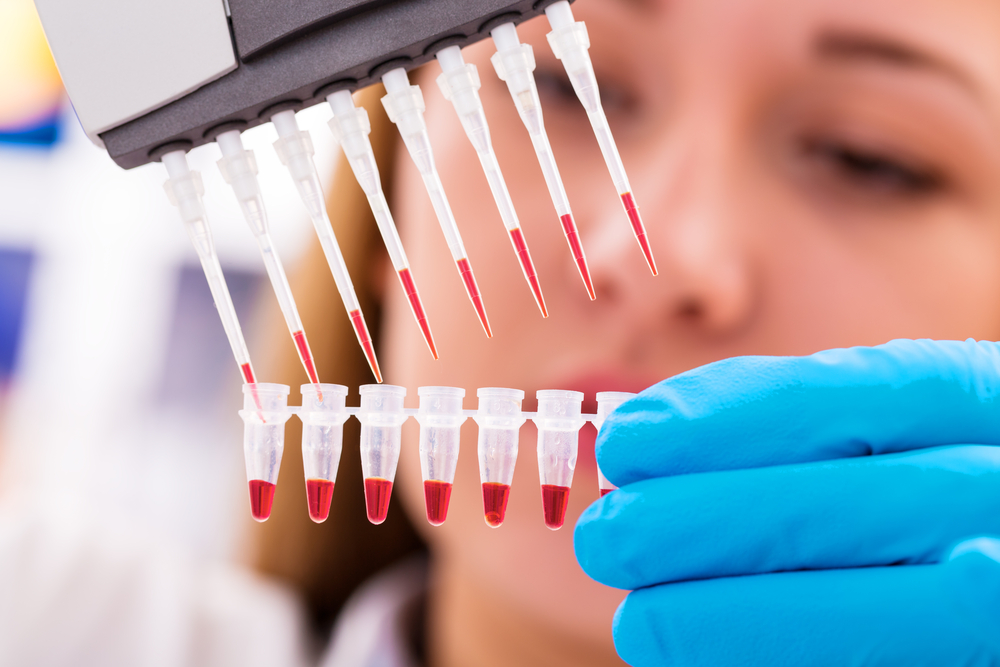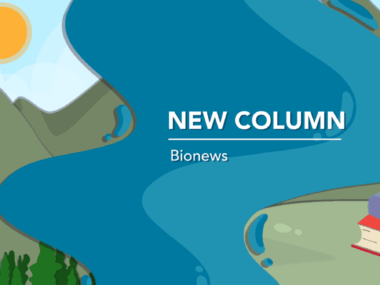Cell Therapy for Type of Epidermolysis Bullosa Advancing in Phase 1 Trial, Fibrocell Announces
Written by |

In a recent update on its drug development program, Fibrocell Science addressed the therapy, FCX-007, it is developing for people with recessive dystrophic epidermolysis bullosa (RDEB). Results from the Phase 1 part of a clinical trial testing FCX-007 will be available soon, according to the company.
FCX-007 is a cell therapy in which a patient’s skin cells are gathered and genetically modified to start producing the missing type 7 collagen (COL7). The collected fibroblast cells are then grown in the lab to obtain sufficient numbers to inject into the person’s skin.
COL7 is needed to hold together layers of the skin. Without this anchoring the layers separate, causing the blisters typical of RDEB.
“During the second quarter of 2017, we achieved important milestones that continue to advance the development of our gene therapy candidates for the treatment of rare and devastating diseases of the skin and connective tissue with high unmet needs,” John Maslowski, president and chief executive officer of Fibrocell, said in a press release.
“Attaining these key milestones reflects our commitment to develop treatments that offer the potential to provide hope and relief to patients and families living with these debilitating genetic disorders,” Maslowski added.
A Data Safety Monitoring Board recommended that the FCX-007 study continue in May, after reviewing data from the first treated patient. Board members found no reports of adverse events related to the treatment.
The trial (NCT02810951), which expects to enroll 12 patients, has now completed dosing of its first group. Adverse events were not reported in all three adult patients.
The company plans to release 12-week data on treatment safety and effectiveness in this group in the coming months. Another three adults will make up the trial’s second Phase 1 group.
Once concluded, Phase 2 will enroll six patients, ages 7 or older, at its Stanford University test site.
FCX-007 is injected into pairwise wounds, and treatment effectiveness will be monitored by photographing the lesions, and through skin sampling and analysis.
Fibrocell is developing FCX-007 in collaboration with Intrexon.





